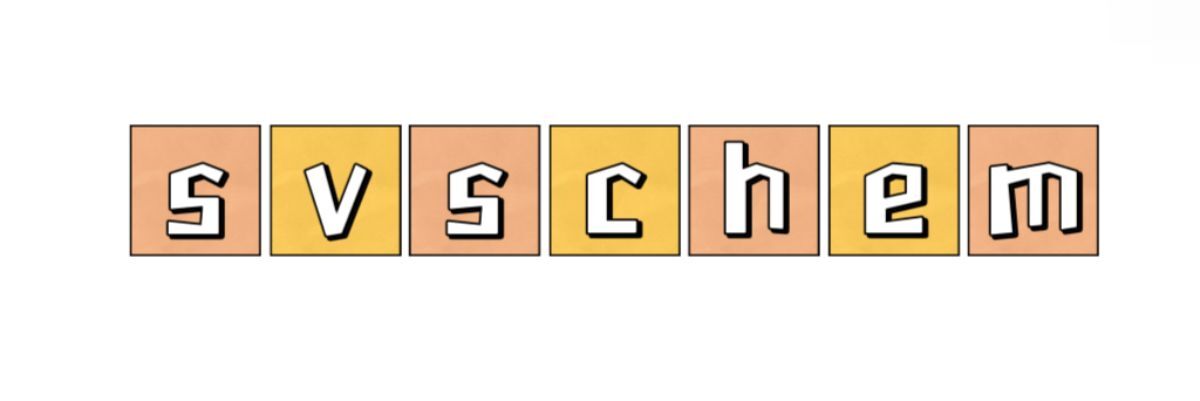Maximizing Efficiency with PUR Profile Wrapping Hot Melt
Maximizing Efficiency with PUR Profile Wrapping Hot Melt
In the rapidly evolving world of manufacturing and carpentry, efficiency and quality are paramount. For businesses striving to maintain a competitive edge, understanding the best materials and methods is crucial. Enter PUR profile wrapping hot melt adhesives—an innovative solution transforming the way products are crafted and finished. With over a decade of experience in the adhesive industry, we’ve seen firsthand how PUR profile wrapping can enhance production processes, reduce waste, and improve product durability. This article will delve into the nuances of PUR profile wrapping hot melt adhesives, exploring their benefits, potential drawbacks, practical applications, and maintenance tips, ultimately guiding you to maximize efficiency in your operations.
For more information, please visit PUR Profile Wrapping Hot Melt.
What is PUR Profile Wrapping Hot Melt?
PUR (Polyurethane Reactive) profile wrapping hot melt is a specialized adhesive designed for bonding engineered wood, MDF, and similar materials. Unlike traditional adhesives that may weaken over time, PUR hot melt creates a strong, moisture-resistant bond when applied. The uniqueness of PUR lies in its ability to cure through moisture in the air, leading to a robust, flexible, and durable finish that is ideal for various applications, especially in high-demand environments such as furniture and cabinetry.
Strengths and Weaknesses of PUR Profile Wrapping Hot Melt
Advantages
Superior Bonding Strength: PUR profile wrapping hot melt offers exceptional adhesion, making it suitable for high-stress applications. It outperforms many other adhesives in maintaining integrity even under adverse conditions.
Moisture Resistance: The moisture-curing properties mean that once set, the bond can withstand humidity and other environmental factors better than conventional adhesives. This is crucial for products exposed to varying climates.
Reduced Downtime: The quick curing time allows for fast production cycles. Manufacturers can handle and package finished products sooner, thereby improving turnover rates.
Versatility: PUR can be used across a range of substrates, enhancing its applicability in diverse manufacturing environments.
Disadvantages
Initial Cost: While the long-term benefits justify the price, the initial investment in PUR profile wrapping hot melts can be higher than traditional adhesives, which may deter smaller operations.
Application Requirement: Achieving optimal performance requires precision in application. Inconsistent application can lead to failure in bonding.
Shelf Life: PUR adhesives require careful storage and handling. Once opened, they have a limited shelf life, leading to potential waste if not used promptly.
Comparing PUR with Other Adhesives
When it comes to profile wrapping, understanding how PUR stacks up against other adhesive types can inform your decision-making.
Link to Jiwei
Polyvinyl Acetate (PVA) Adhesives: Although PVAs are often more affordable, they lack the moisture resistance and bonding strength found in PURs. They may be suitable for simpler applications, but businesses requiring durability under stress will benefit more from PUR.
Epoxy Resins: Known for their exceptional durability, epoxy resins can be cost-prohibitive and more complex to apply than PUR. For many profile wrapping applications where speed and efficiency are needed, PUR emerges as a more practical choice.
Each adhesive has its niche, but for manufacturers looking for a reliable and efficient solution, PUR profile wrapping hot melt clearly leads the pack.
Maintenance and Practical Tips for PUR Profile Wrapping
Incorporating PUR profile wrapping hot melts into your production lines is a fantastic start, but ensuring their longevity and effectiveness requires careful attention to maintenance:
Proper Storage: Keep PUR adhesives in a cool, dry place. Avoid exposure to extreme temperatures, which can affect their performance.
Application Equipment Maintenance: Regularly maintain and clean your application equipment to avoid clogging that could lead to inconsistent application.
Training Personnel: Invest time in training your staff on proper application techniques to maximize the benefits of PUR adhesives. Consistency is critical for achieving optimal results.
Monitor Environmental Conditions: Since PUR relies on moisture to cure, maintaining humidity levels during application can significantly affect bonding quality.
Conclusion
Embracing PUR profile wrapping hot melt adhesives can lead to significant improvements in your production efficiency and product quality. The advantages of superior bonding strength, moisture resistance, and reduced downtime far outweigh the initial challenges associated with its application and cost. By understanding its strengths and maintaining proper practices, you can harness the full potential of this exceptional adhesive technology. As you navigate the intricate landscape of manufacturing, incorporating PUR profile wrapping hot melt can be your pathway to staying competitive and achieving lasting success. The future of efficient production is here—are you ready to embrace it?
If you want to learn more, please visit our website Jiwei.


